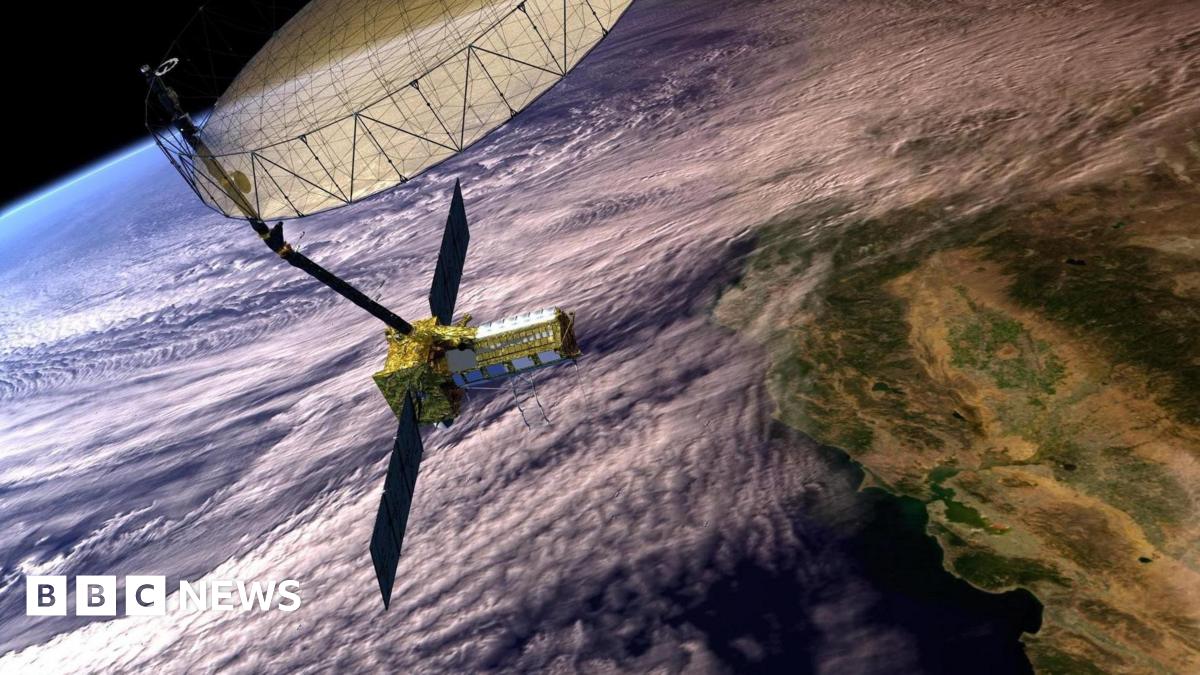Nasa, which already has more than two dozen observation satellites in space, says Nisar is the “most sophisticated radar we’ve ever built” and that it will be able to spot the “minutest of changes anywhere in the world”.
The “first-of-its-kind satellite” will be the first in space to watch Earth using two different radar frequencies – Nasa’s L-band and Isro’s S-band.
The satellite will be shot into the “sun-synchronous polar orbit”, which means it will pass over the same areas of Earth at a regular interval, observing and mapping changes to our planet’s surface, former Nasa scientist Mila Mitra told the BBC.
Nasa and Isro say Nisar will revisit the same spot every 12 days. It will detect changes and land, ice, or coastal shifts as small as centimeters, says Ms Mitra.
Repeated scans will generate rich data, helping Nasa and Isro ground stations support disaster preparedness and track climate change impacts, she added.
Scientists say Earth’s surface is constantly changing due to natural and human activities, and even small shifts can impact the planet.
“Some of these changes happen slowly, some abruptly, some are small while some are subtle,” Nasa’s director of Earth Sciences Karen St Germain, who is in India for the launch, told a pre-launch press conference.
“With Nisar, we’ll see the precursors to natural hazards such as earthquakes, landslides and volcanoes; we’ll see land subsidence and swelling, movements and deformations, melting of glaciers and ice sheets in Greenland and Antarctica; and we’ll see forest fires.
“We’ll also be able to spot human-induced land changes caused by farming and infrastructure projects such as buildings and bridges,” she said.
